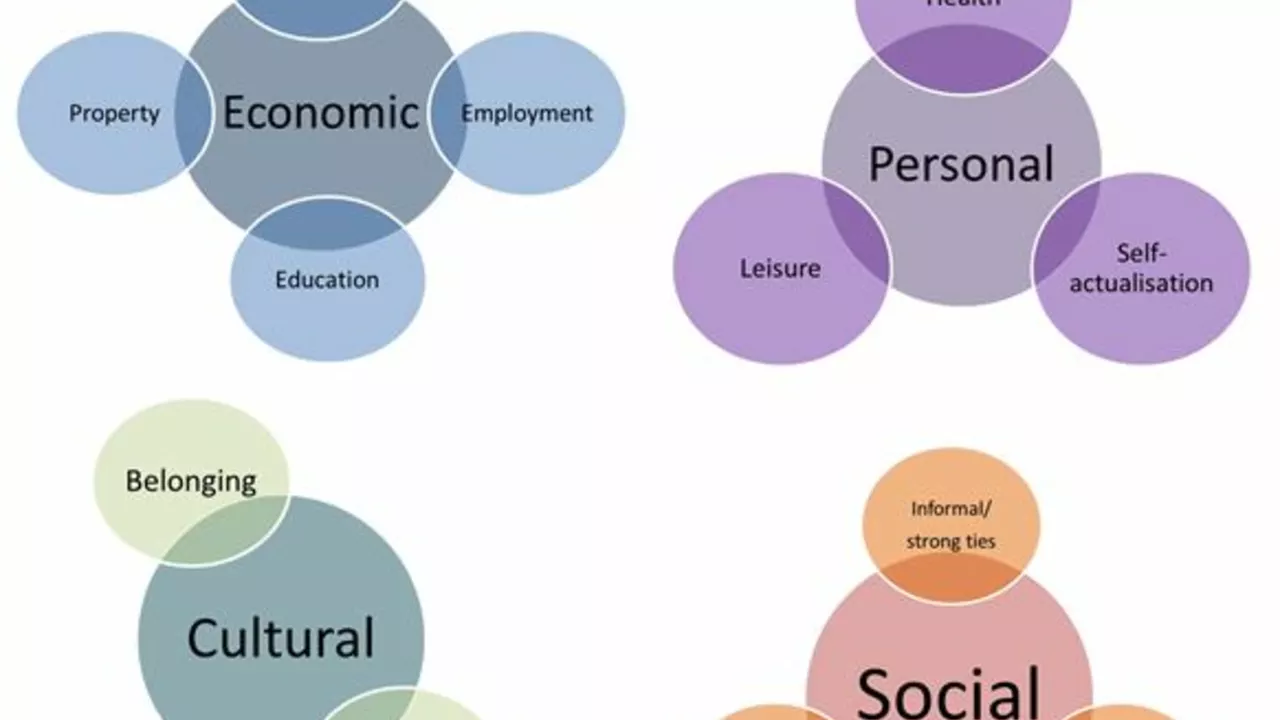Understanding Cultural Identity
As a concept, cultural identity refers to the collective self-image and values of a group of people who share the same cultural background. It's how we define ourselves in relation to our cultural origins, and it plays a significant role in shaping our thoughts, behaviors, and sense of belonging. Our cultural identity is deeply ingrained in us, often unconsciously, and it can significantly influence our worldview and interpersonal relationships. Understanding cultural identity can help us better appreciate the diversity of human experiences and foster mutual respect and understanding between different cultural groups.
The Role of Language in Cultural Identity
Language is a fundamental aspect of cultural identity. It's the tool we use to communicate our thoughts, feelings, and ideas, and it's deeply tied to our cultural background. The language we speak can shape our worldview and influence our perceptions of reality. It provides us with concepts, categories, and metaphors that we use to understand and interpret the world around us. Additionally, the language we speak can also influence our social interactions and relationships, as it can act as a marker of cultural affiliation or difference.
Traditions and Beliefs as a Part of Cultural Identity
Traditions and beliefs are another integral part of cultural identity. They provide a sense of continuity and stability, connecting us to our past and guiding our actions in the present. Traditions and beliefs can manifest themselves in various forms, such as religious practices, family customs, or social norms. They can shape our values, ethics, and moral judgments, and they can influence our behaviors and attitudes in various ways. Furthermore, traditions and beliefs can also provide us with a sense of belonging and community, strengthening our cultural identity and reinforcing our connection to our cultural group.
Food and Cuisine in Cultural Identity
Food and cuisine are also significant components of cultural identity. The food we eat, the way we prepare it, and the rituals we observe around it can tell a lot about our cultural background. Food and cuisine can serve as a symbol of cultural identity, reflecting our cultural heritage and history. They can also act as a medium for cultural exchange and fusion, as influences from different culinary traditions merge and interact. Moreover, food and cuisine can also foster a sense of community and belonging, as shared meals and culinary traditions can bring people together and strengthen cultural bonds.
Clothing and Fashion as Expressions of Cultural Identity
Clothing and fashion are powerful expressions of cultural identity. The clothes we wear can reflect our cultural affiliation and individuality, conveying messages about our cultural background and personal style. Clothing and fashion can serve as a visual marker of cultural identity, distinguishing us from others and signaling our membership in a particular cultural group. They can also act as a medium for cultural innovation and fusion, as influences from different fashion traditions mix and blend. Furthermore, clothing and fashion can also foster a sense of pride and self-esteem, reinforcing our cultural identity and enhancing our self-image.
Art, Music, and Dance as Reflections of Cultural Identity
Art, music, and dance are profound reflections of cultural identity. They serve as outlets for cultural expression and creativity, embodying our cultural values, beliefs, and experiences. Art, music, and dance can convey complex cultural narratives and emotions, providing us with a deeper understanding of our cultural heritage and worldview. They can also promote cultural exchange and dialogue, as creative influences from different cultural traditions interact and evolve. Moreover, art, music, and dance can also foster a sense of cultural pride and unity, strengthening our cultural identity and reinforcing our connection to our cultural community.
Architecture and Urban Planning as Indicators of Cultural Identity
Architecture and urban planning are important indicators of cultural identity. The buildings we live in, the spaces we inhabit, and the cities we build can reflect our cultural values, aspirations, and history. Architecture and urban planning can serve as a physical manifestation of cultural identity, shaping our experiences and interactions with the built environment. They can also foster a sense of cultural continuity and progress, as architectural styles and urban designs evolve over time. Moreover, architecture and urban planning can also promote a sense of cultural belonging and community, enhancing our connection to our cultural surroundings and adding to our sense of place.
Educational Systems and Cultural Identity
Educational systems play an important role in shaping and reinforcing cultural identity. The way we are educated, the subjects we study, and the values we are taught can significantly influence our cultural identity. Education can provide us with knowledge and understanding about our cultural heritage and values. It can also promote cultural diversity and inclusion, as educational institutions often serve as spaces for intercultural interaction and learning. Additionally, education can also foster a sense of cultural pride and ambition, motivating us to contribute to our cultural community and strive for personal and collective success.
Social and Political Structures in Relation to Cultural Identity
Social and political structures are closely tied to cultural identity. They shape our social roles, rights, and responsibilities, influencing our perceptions of self and others. Social and political structures can define the boundaries of cultural identity, determining who is included and who is excluded from a cultural group. They can also shape our attitudes and behaviors, as we navigate the complexities of social norms and political power dynamics. Furthermore, social and political structures can also influence our sense of agency and empowerment, affecting our ability to express and assert our cultural identity in various contexts.
